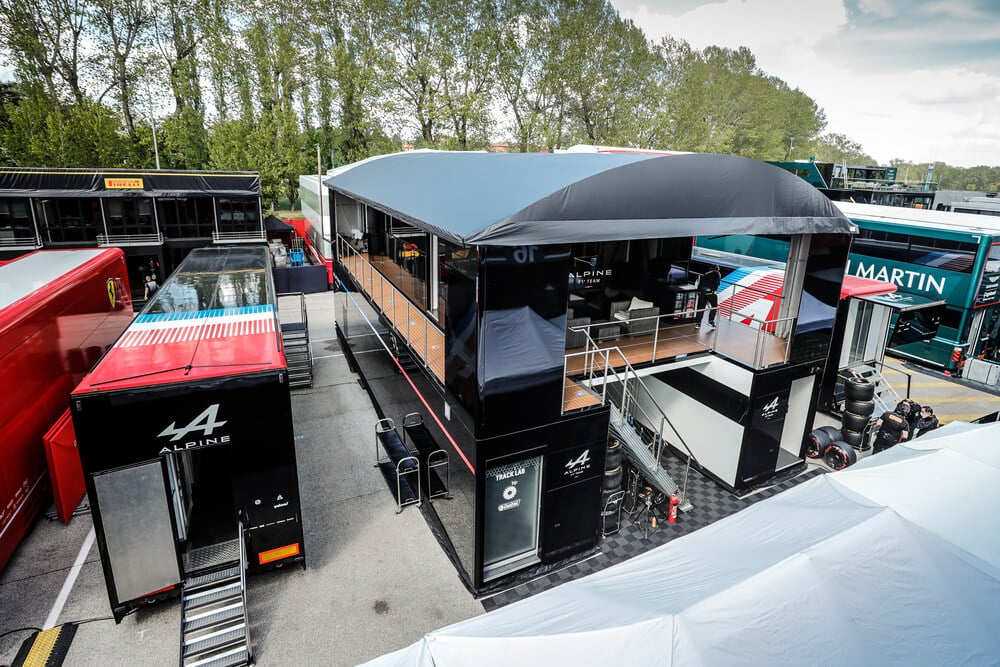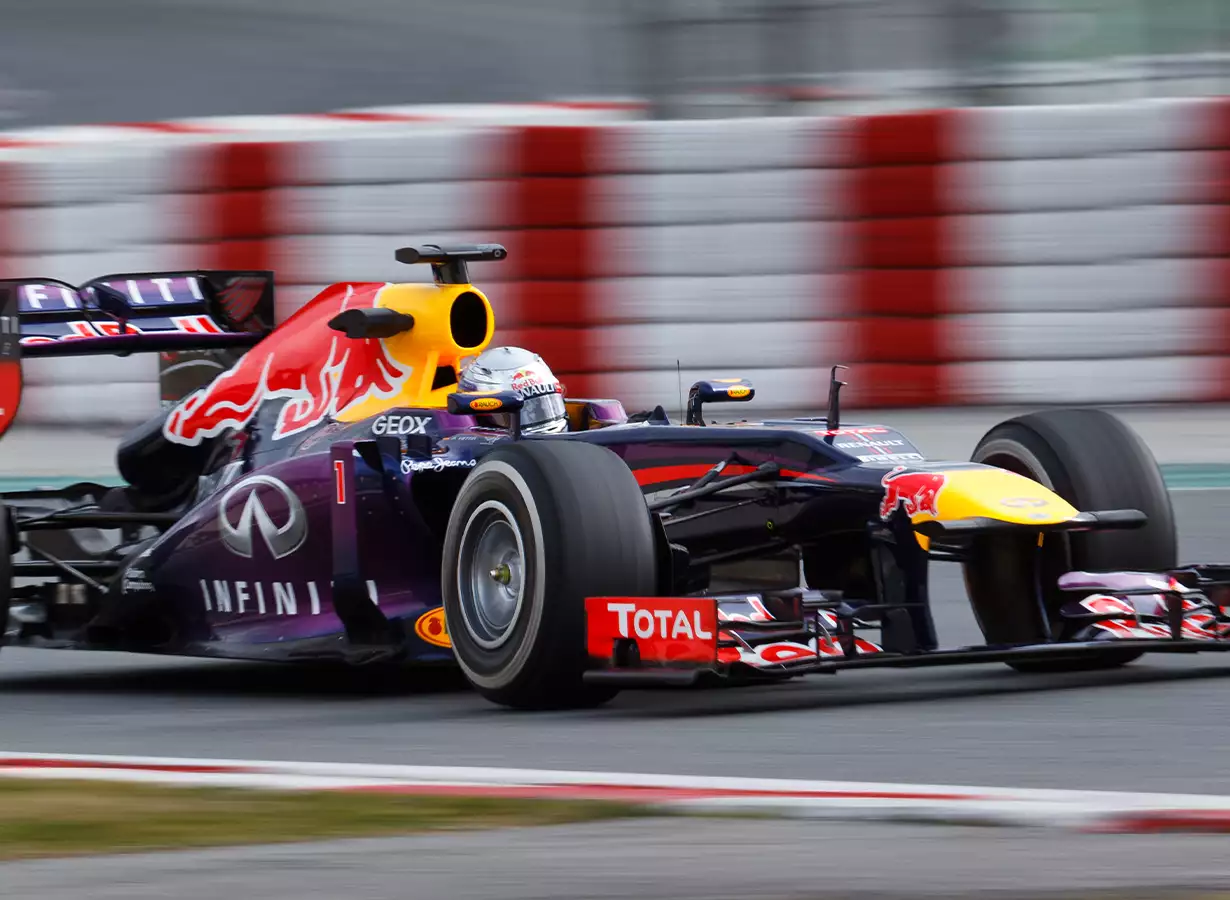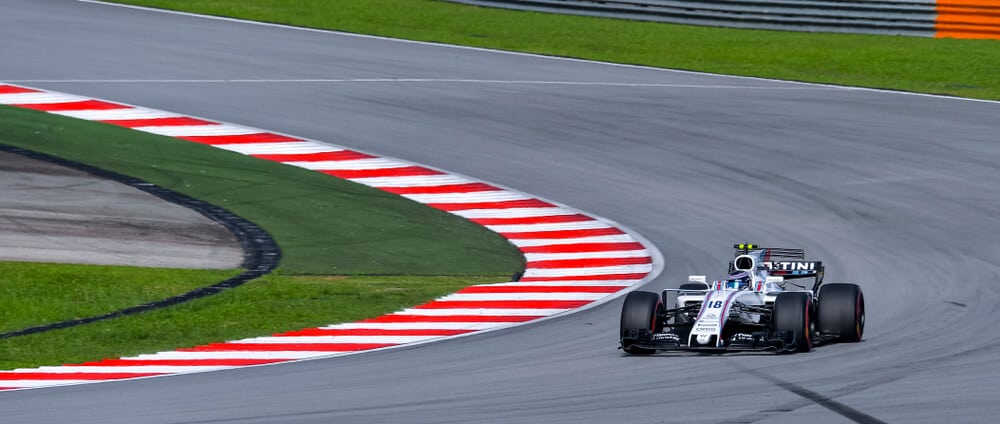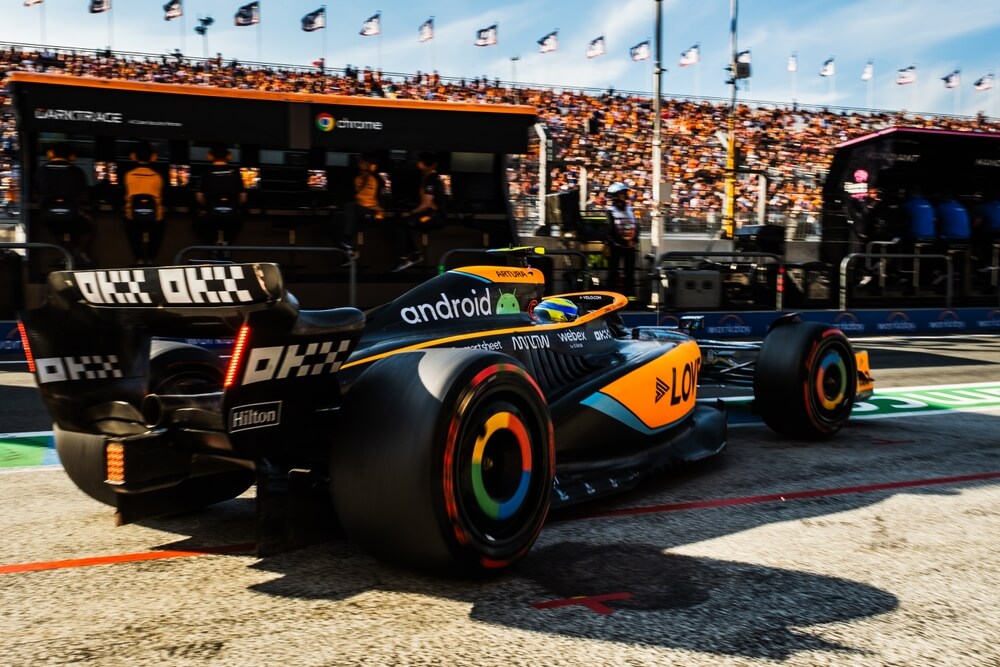Formula One (F1) is one of the most popular and prestigious motorsports in the world. Millions of fans tune in to watch races around the globe. But behind the high-speed action on the track is a complex and sophisticated ecosystem. It consists of teams, technology and infrastructure that makes it all possible.
One essential component of this ecosystem is the paddock. It’s a specialized area where F1 teams prepare, strategize, and operate during race weekends. Paddocks have evolved over the years to become sophisticated workspaces with state-of-the-art facilities and cutting-edge technology.
A unique atmosphere and culture exists in this area. In this article, we will explore what a paddock is in Formula One, its role in team strategy, sustainability efforts, and more.
What is a paddock in F1?
A paddock in Formula One is a specialized area at a race circuit where teams set up their operations during a race weekend. It serves as a central hub for teams to prepare and strategize for the upcoming races.
The paddock area is designed to provide workspace and amenities for the teams, as well as access to essential resources required during a race weekend.
Role of a Paddock
The paddock plays a crucial role in the success of a Formula One team during a race weekend. It provides a space for teams to prepare and strategize for the races, access to resources, and a platform to showcase their sponsor’s branding.
Decisions made in the paddock can impact team performance on the track, making it a vital area for team operations.
Features of a Paddock
The paddock area in Formula One is a sophisticated workspace that includes a variety of features and amenities for the teams. These include team garages, hospitality areas, media center, medical center, and a technical inspection area. Each of these features serves a specific purpose and is essential for the smooth operation of a team during a race weekend.
Team Garages
Team garages in the paddock are the primary workspace for F1 teams during a race weekend. They are equipped with tools, equipment, and technology required to prepare the race cars for the races. The team garages are also used for meetings and discussions among team members. All in all, this is a vital area for team operations.
Hospitality Areas
Hospitality areas in the paddock provide space for sponsors and guests to entertain and network during a race weekend. These areas offer food and drinks, comfortable seating, and access to the team garages and the track.
Media Center
The media center in the paddock is a designated area for journalists, photographers, and other media personnel to cover the race weekend. It provides a workspace and amenities for media personnel, including internet access, power outlets, and refreshments.
Medical Center
The medical center in the paddock is a specialized area that provides medical care for drivers and other personnel during a race weekend. It is equipped with medical staff and equipment required to provide first aid, emergency care, and other medical services.
Technical Inspection Area
The technical inspection area in the paddock is a designated space for FIA officials to inspect the race cars for compliance with technical regulations. It is equipped with the necessary tools and equipment required for inspections, making it a vital element of F1 paddocks.
Key Takeaways
- A paddock in Formula One is a specialized area where teams operate during a race weekend.
- It serves as a central hub for teams to prepare, strategize, and showcase their sponsor’s branding.
- The paddock includes a variety of features and amenities, such as team garages, hospitality areas and media centre. It also provides a technical inspection area.
- Decisions made in the paddock can impact team performance on the track, making it a vital area for team operations.
- F1 is making efforts to promote sustainability in its paddocks, including the use of environmentally-friendly amenities and practices.
- Access to the paddock is strictly regulated and requires proper accreditation.
- Team garages are the primary workspace for F1 teams during a race weekend, equipped with tools, equipment, and technology required to prepare the race cars.
- Hospitality areas provide space for sponsors and guests to entertain and network during a race weekend. It offers food, drinks, and access to the team garages and the track.
The evolution of Paddock in F1
The paddock in Formula One has undergone significant evolution since the inception of the sport. Initially, teams would set up their workstations in the pit lane, but as the sport grew in popularity and sophistication, paddocks became a necessity for teams to operate effectively.
Design
The design of paddocks in F1 has evolved from basic tent structures to modern, sophisticated workspaces with cutting-edge technology and state-of-the-art amenities. Paddocks are designed to be ergonomic, efficient, and provide a conducive environment for team operations. The design also considers sustainability efforts, such as using environmentally friendly materials and energy-efficient systems.
Importance of paddock
The paddock is a vital component of F1 operations, providing teams with the necessary infrastructure to operate effectively during a race weekend. The paddock’s role in team operations includes preparing and strategizing for races, showcasing sponsor’s branding, and accessing essential resources.
Decisions made in the paddock can significantly impact team performance on the track, making it a critical area for team operations. The paddock is also an essential element in creating an immersive experience for fans, providing them with access to the teams and showcasing the glamour and sophistication of the sport.

How does a Paddock operate during a F1 Grand Prix?
The paddock in Formula One operates differently during a race weekend compared to a regular day. Daily operations in the paddock during a grand prix are fast-paced and require precision and coordination to ensure seamless operations.
Access and regulations
Access to the paddock during a race weekend is strictly regulated, and only authorized personnel with proper accreditation can enter. Security measures are put in place to ensure the safety of all individuals within the paddock. The FIA, the governing body of F1, enforces strict regulations on teams and personnel to ensure fair play and adherence to safety protocols.
Atmosphere and culture
Paddock area during a grand prix have a unique atmosphere and culture. It’s characterized by the buzz of activity, the presence of celebrities, and the glamour of the sport. The paddock is a hub of activity, with teams preparing their cars, guests enjoying hospitality, and media covering the event.
The culture in the paddock is one of professionalism, excellence, and sophistication, reflecting the high standards of the sport. Despite the high stakes and pressure, the paddock exudes a sense of camaraderie and collaboration, with teams working together to ensure the success of the event.
Paddock sustainability efforts in F1
The Formula One paddock and events have a significant environmental impact. From transportation to energy usage, the sport’s carbon footprint is substantial. However, in recent years, F1 has made strides to reduce its environmental impact, with sustainability efforts becoming a crucial focus for the sport.
Efforts to reduce waste, emissions and energy usage in the paddock
F1 has implemented numerous sustainability efforts to reduce waste, emissions, and energy usage in the paddock. These efforts include reducing single-use plastics, increasing recycling, using hybrid and electric vehicles, and implementing energy-efficient systems in the paddock infrastructure.
F1 has also committed to becoming carbon neutral by 2030 and has launched a sustainability program to achieve this goal.
Future initiatives and goals for promoting sustainability in F1 paddocks.
F1 has set ambitious goals for promoting sustainability in its paddocks. These goals include using sustainable materials for paddock construction, increasing the use of renewable energy sources, and promoting sustainable transport for teams and personnel. F1 also aims to create a sustainable event model that reduces waste and emissions while maximizing the sport’s positive impact.
The sport has recognized the importance of sustainability in its future, and its efforts to promote sustainability in its paddocks are a crucial step towards a more sustainable future for the sport.
Only authorized personnel are allowed in the paddock during an F1 event, which typically includes team members, media, FIA officials, event organizers, and guests of sponsors or teams. Access is strictly regulated and requires proper accreditation.
The paddock serves as the central hub for teams during a race weekend, providing workspace, amenities, and access to essential resources. It also plays a crucial role in team strategy and communication, as decisions made in the paddock can impact a team’s performance on the track.
F1 has made efforts to promote sustainability in its operations, including in the design and management of paddocks. Many paddocks now feature environmentally-friendly amenities and practices, such as LED lighting, waste reduction measures, and the use of renewable energy sources. However, there is still room for improvement in this area, and F1 is continually looking for ways to reduce its environmental impact.
Conclusion
In conclusion, the paddock is a crucial component of Formula One. It serves as the nerve center of the sport, providing teams with everything they need to prepare for and compete in races. The paddock has evolved over the years to become a hub of activity, with a unique culture and atmosphere that reflects the glamour and sophistication of the sport.
Additionally, F1’s efforts to promote sustainability in its paddocks and events demonstrate the sport’s commitment to reducing its environmental impact and promoting a more sustainable future. As the sport continues to evolve, the paddock will undoubtedly play an essential role in shaping the future of Formula One.
Sources
https://www.redbullracing.com/int-en/bulls-guide-to-the-paddock
https://grandprixevents.com/f1-paddock-club
https://f1experiences.com/blog/explained-what-is-guided-paddock-access



